 Race War Article
Race War Article
Time Period: Civil War through Reconstruction (1861 - 1874) - Starting with R
 Race War Article
Race War Article
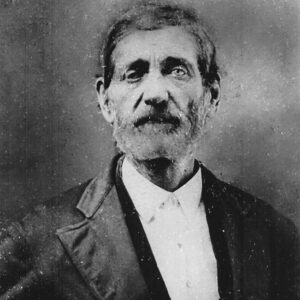 James S. Rains
James S. Rains
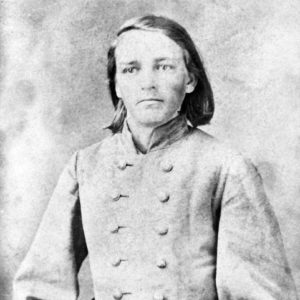 "Doc" Rayburn
"Doc" Rayburn
Rayburn, Howell A. “Doc”
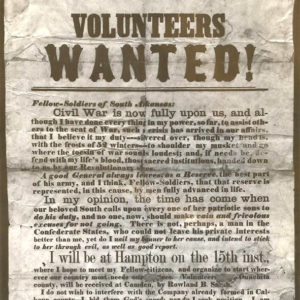 Recruitment Poster
Recruitment Poster
 Elias Rector
Elias Rector
 Henry Rector
Henry Rector
Rector, Henry Massie
Red River Campaign
Redeemers (Post-Reconstruction)
Reed’s Mountain, Skirmish at
Reeves, Bass
 Bass Reeves
Bass Reeves
Reid, Thomas Jefferson
Remount Camp, Skirmish at
 William C. Renfrow
William C. Renfrow
Renfrow, William Cary
Resolute
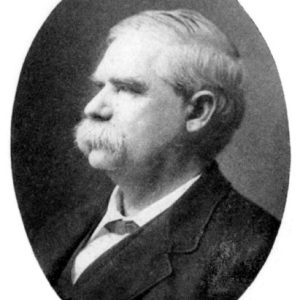 Daniel Reynolds
Daniel Reynolds
Reynolds, Daniel Harris
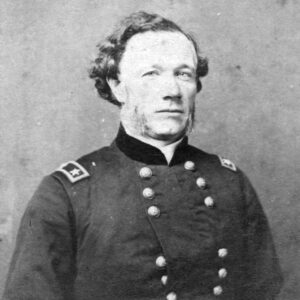 Joseph J. Reynolds
Joseph J. Reynolds
Rhodes, Richard (Hanging of)
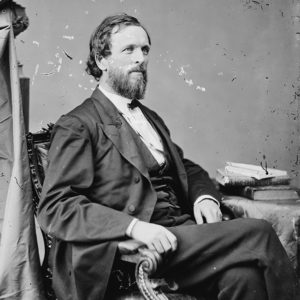 Benjamin F. Rice
Benjamin F. Rice
Rice, Benjamin Franklin
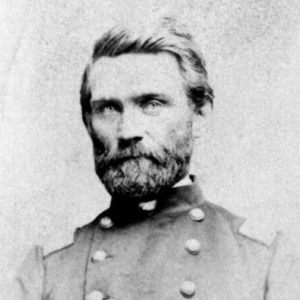 Samuel Rice
Samuel Rice
Rice, Samuel Allen
 Richard Taylor
Richard Taylor
Richland Creek, Skirmish at (August 16, 1864)
Richland Creek, Skirmishes at (April 13–14, 1864)
Richland Creek, Skirmishes at (May 3 and 5, 1864)
Richland, Skirmish at
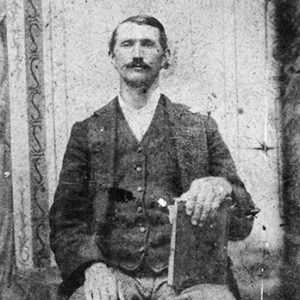 Wilbur Ridling
Wilbur Ridling
 Orlando Charles Risdon
Orlando Charles Risdon
Rison et al. v. Farr
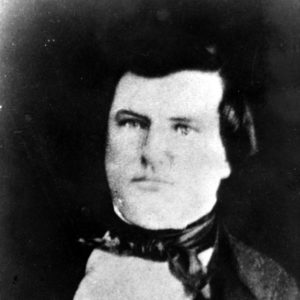 John Roane
John Roane
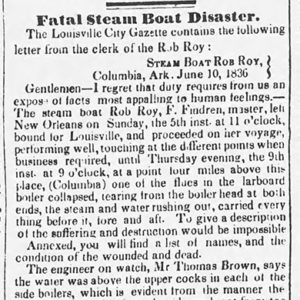 Rob Roy Steamboat Article
Rob Roy Steamboat Article
Robinson, James H.
Rodger’s Crossing, Skirmish at
aka: Skirmish at White River (September 14, 1864)
aka: Skirmish at Huntsville
Rogers, Anthony Astley Cooper
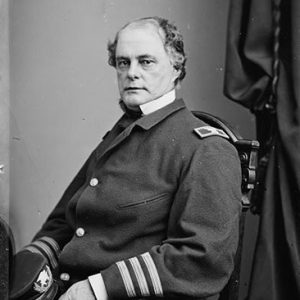 Captain John Rodgers
Captain John Rodgers
Rolla, Missouri, to Batesville, Expedition from
Rolling Prairie, Skirmish at
 Rolling Prairie Site
Rolling Prairie Site
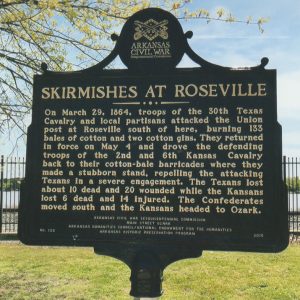 Roseville Sign
Roseville Sign
Roseville, Skirmishes at
Ross’ Landing, Skirmish at
Ruffin, Isaac (Lynching of)
Rumph House
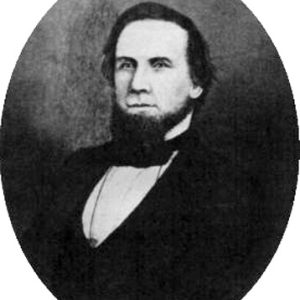 Albert Rust
Albert Rust
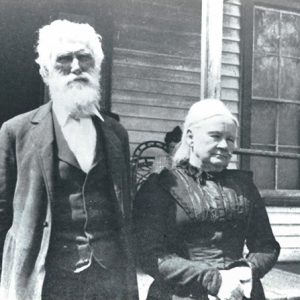 James and Mariah Rutherford
James and Mariah Rutherford




